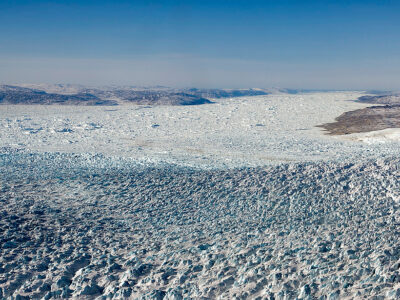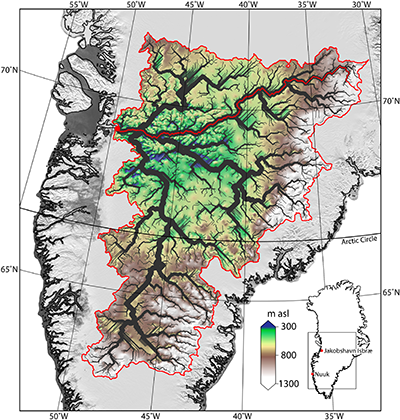by Jeff Masters, wunderblog, July 22, 2016
Figure 1. A photograph of the official Furnace Creek, Death Valley, maximum recording thermometer at time of observation on Monday morning July 1, 2013 (which was for the maximum temperature measured on June 30). The photo shows a maximum of 129.2 °F was reached, tying it with the 129.2 °F reading at Mitribah, Kuwait, on July 21, 2016, for the highest reliably measured temperature on Earth, according to wunderground's weather historian Christopher C. Burt and world weather extremes expert Maximiliano Herrera. Observations at the site are made only at 4 p.m. and 7 a.m. daily. The shelter door is not opened at any other time in order to not affect the ambient air temperature inside the shelter. You may have seen a different image of this same thermometer on the NWS-Las Vegas web site posted July 1, 2013, that shows the temperature just shy of 129 °F. That is because THAT photograph was taken after the thermometer had been removed from its shelter and turned vertically, which caused the mercury to slip down the tube about 0.3 °F. This photograph was taken prior to the thermometer being removed from the shelter. Photo courtesy of Death Valley National Park and NWS-Las Vegas.
Comparison with Death Valley temperatures
The official world record high temperature is 56.7 °C (134.1 °F) on July 10, 1913, in Furnace Creek Ranch, California, in Death Valley. Mr. Burt has commented "the record has been scrutinized perhaps more than any other in the United States. I don't have much more to add to the debate aside from my belief it is most likely not a valid reading when one looks at all the evidence." He proposes that the highest reliably recorded temperature at Death Valley is a 54.0 °C (129.2 °F) reading on June 30, 2013 -- tied with Thursday's measurement in Kuwait. The 129.2 °F value at Death Valley was rounded down to 129 °F in the official record, though. Death Valley has also recorded 53.9 °C (129 °F) four times: July 20, 1960; July 18, 1998; July 20, 2005; and July 7, 2007. There is no evidence that the temperature reached 129.2 °F on those dates, unlike the reading on June 30, 2013.
The Middle East's heat wave continues on Friday
The Middle East's astonishing heat wave will last one more day. Friday's high in Basrah, Iraq, is predicted to hit 128 °F and Mitribah, Kuwait, is predicted to hit 127 °F. Gotvand, Iran, is predicted to hit 126 °F -- very close to Iran's all-time heat record of 127.4 °F, set most recently at Gotvand on July 17, 2014. On Saturday, the ridge of high pressure bringing the record heat will weaken, bringing temperatures about 10 °F cooler to Iraq and Kuwait and about 2-4 °F cooler to Iran.
Mr. Burt plans to post an in-depth look at the new heat records in a forthcoming post.
I'll have an update on the tropics on Friday afternoon.







